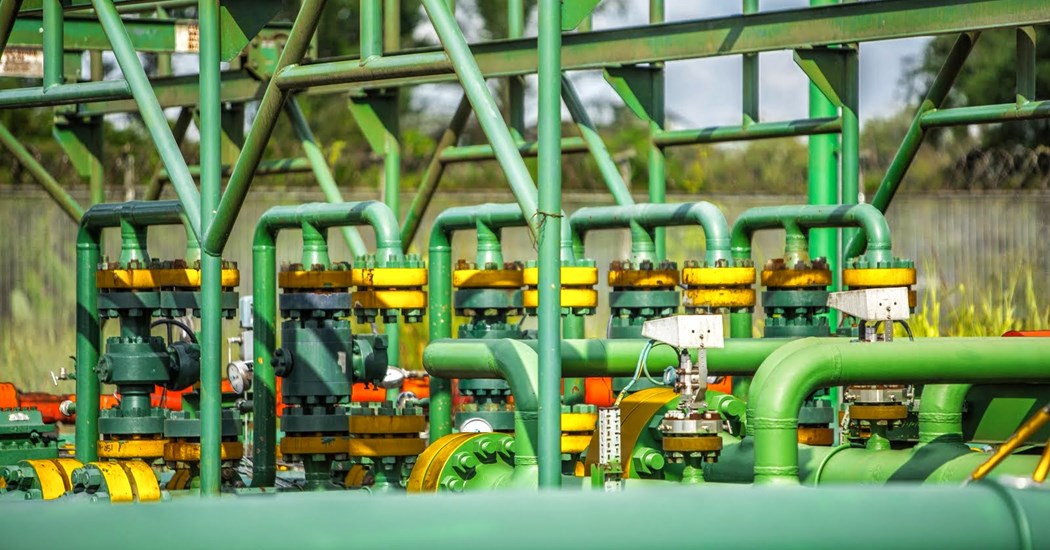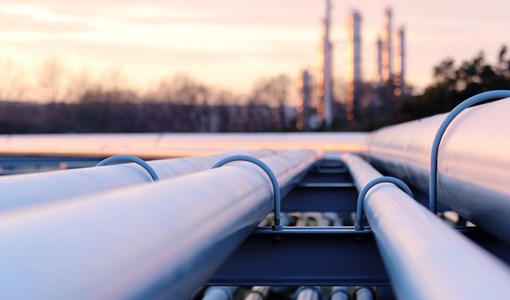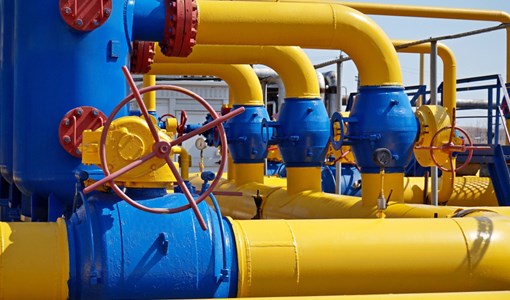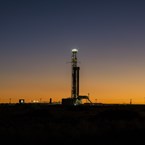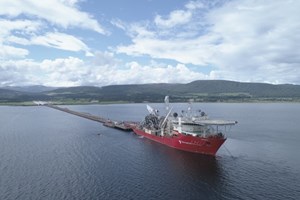Global natural gas production growth helping enable a realistic energy transition
As one of the mainstays of global energy systems, natural gas is increasingly playing a critical role in the transition towards net-zero targets and viable renewables supply, according to data from the US Energy Information Administration (EIA).
In the US, natural gas production grew by 4% in 2023, mirroring a figure for the year before, according to the EIA - about 5.0 billion cubic feet per day (Bcf/d), to average 125.0 Bcf/d.
In 2023, three regions - Appalachia, Permian and Haynesville - accounted for 59% of all natural gas production in the US, based on the agency’s Drilling Productivity Report.
The US retains the accolade of having the world’s highest natural gas production, followed by Russia, Iran, China, Canada, Qatar, Australia, Norway, Saudi Arabia, and Algeria, according to Investing News Network using Enervate Research.
Geographically blessed
While yet to feature in that list, Iraq - around 7.300 miles away from Texas - is enjoying fresh impressive economic rewards courtesy of gas resources after many challenging years. Natural gas output in the Middle East nation is expected to increase significantly by 2050, something backed by substantial recent headline figures.
Estimates indicated Iraq’s natural gas output rose from 5 billion cubic metres in 2013 to 15 billion cubic metres by the end of 2022.
It is anticipated Iraq will produce 55 billion cubic meters of natural gas by 2025, reports Iraqi News website.
The majority of this addition - about 60% - is expected to derive from oil extraction, including from five oil fields as part of a deal with TotalEnergies.
The estimates, released by the Gas Exporting Countries Forum, also suggest Iraq, reliant on fossil fuels to generate electricity, aims to decrease gas flaring.
Expect some bubbles
It’s not all gas gains, however.
The EIA’s Short-Term Energy Outlook suggests a modest US production contraction this year, because of low natural gas prices and a relatively stable rig count.
And while last year, more natural gas was produced in the Appalachia region than other US regions - accounting for 29% of gross natural gas production - production growth there has slowed because pipeline takeaway capacity is insufficient to transport more natural gas to demand markets.
Putting that in perspective, in 2022 the northeast US did not have any new major pipeline capacity additions.
This arguably backs calls for investment in the value chain before we can universally switch completely from what is viewed by most as an essential energy fuel for the global economy to a holistic renewables scenario.
Then, of course, we must consider the inevitable geopolitics brought by trade disputes, conflict and territorial spats, which can squeeze supply chain dynamics.
Don’t ditch gas just yet
Either way, while difficult to determine the number of untapped natural gas sources left in the world, MERGroup estimates enough reserves sufficient for another 53 years supply - slightly above oil estimates - at current consumption rates.
That doesn’t factor in known natural gas resources under development, assets awaiting discovery in under-explored regions, or real-time acceleration of green alternatives, for that matter.
All in all, gas remains hugely relevant as the world balances reducing emissions while supplying the planet’s energy needs - and is available and potentially plentiful long beyond those carbon-free society deadlines.
KEEPING THE ENERGY INDUSTRY CONNECTED
Subscribe to our newsletter and get the best of Energy Connects directly to your inbox each week.
By subscribing, you agree to the processing of your personal data by dmg events as described in the Privacy Policy.

Chevron helping drive Egypt’s journey to become Africa’s energy powerhouse
Mar 11, 2024
Energy Workforce helps bridge the gender gap in the industry
Mar 08, 2024
EGYPES Climatech champion on a mission to combat climate change
Mar 04, 2024
Fertiglobe’s sustainability journey
Feb 29, 2024
P&O Maritime Logistics pushing for greater decarbonisation
Feb 27, 2024
India’s energy sector presents lucrative opportunities for global companies
Jan 31, 2024
Oil India charts the course to ambitious energy growth
Jan 25, 2024
Maritime sector is stepping up to the challenges of decarbonisation
Jan 08, 2024
COP28: turning transition challenges into clean energy opportunities
Dec 08, 2023
Why 2030 is a pivotal year in the race to net zero
Oct 26, 2023Partner content

Ebara Elliott Energy offers a range of products for a sustainable energy economy

Essar outlines how its CBM contribution is bolstering for India’s energy landscape

Positioning petrochemicals market in the emerging circular economy

Navigating markets and creating significant regional opportunities with Spectrum


